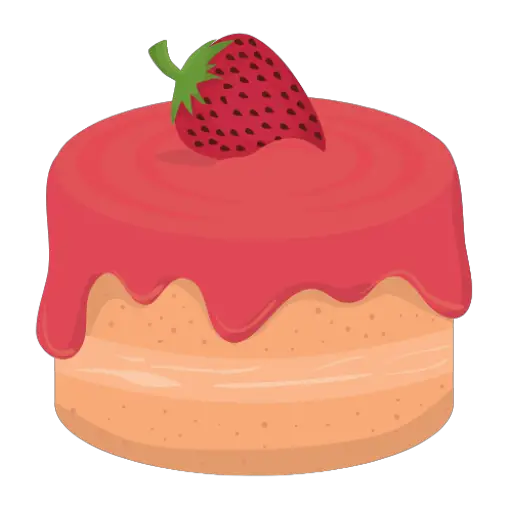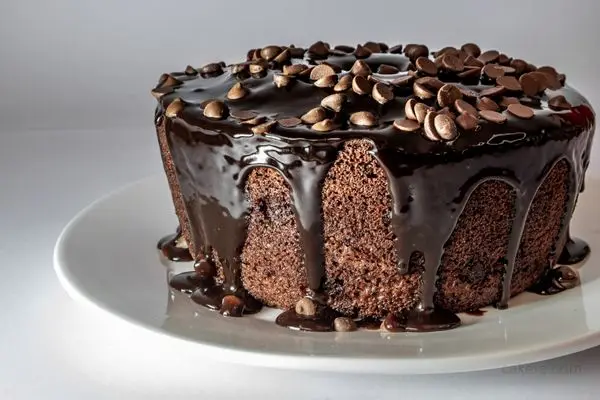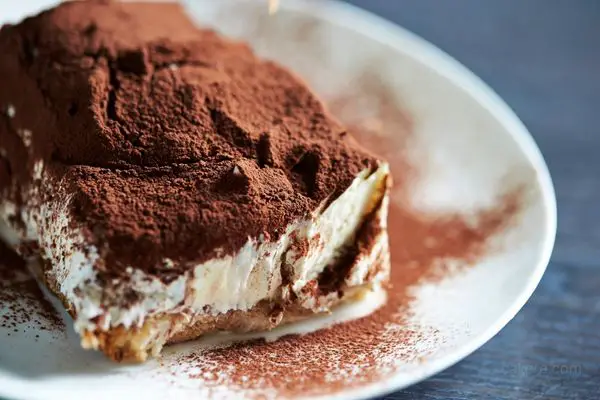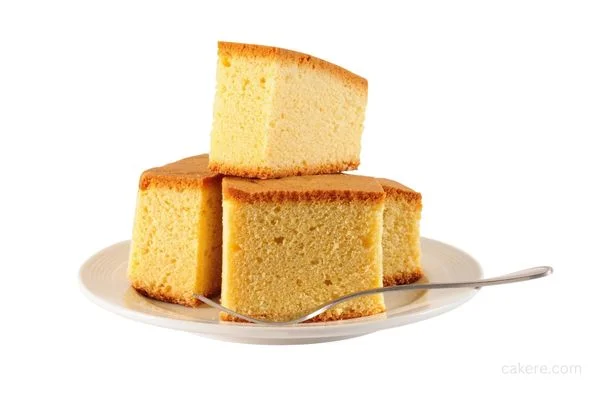Imagine sinking your teeth into a moist, buttery slice of cake that melts in your mouth, leaving a lingering sweetness behind. Butter cake, with its rich flavor and tender crumb, is a beloved classic in the world of baking.
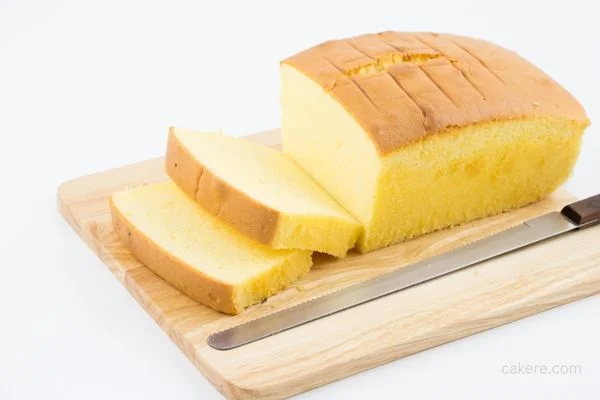
Origins of Butter Cake
The origins of butter cake can be traced back to Europe, where it gained popularity during the 18th century. Its name, pound cake, is derived from the traditional recipe that calls for a pound each of flour, butter, sugar, and eggs.
This simple yet indulgent combination of ingredients laid the foundation for what would become a cherished culinary tradition.
The Rise of Butter Cake
As the centuries rolled by, butter cake became a staple in bakeries and households alike. Its popularity soared due to its versatility and the ease with which it could be prepared.
The decadent flavor and tender texture of butter cake quickly won over hearts and taste buds, making it a dessert fit for both everyday indulgence and special occasions.
Butter Cake Around the World
As butter cake spread across continents, it underwent various adaptations to suit different palates and cultural preferences. In the United States, it evolved into the iconic yellow cake, often served with chocolate frosting.
In England, it took the form of Victoria sponge cake, sandwiched together with jam and cream. Each country added its own unique touch, resulting in a multitude of butter cake variations.
Butter Cake Variations
Butter cake’s appeal lies not only in its adaptability but also in its diverse range of flavors. From the classic vanilla butter cake to the rich chocolate marble butter cake, the options are endless.
Lemon, almond, and coconut variations also add a delightful twist to this timeless treat. With so many flavors to choose from, there is a butter cake for every palate.
Butter Cake Ingredients
The key to a delectable butter cake lies in its ingredients. High-quality butter, sugar, eggs, flour, and flavorings are the foundation of this indulgent dessert.
The use of real butter creates a rich and tender crumb, while the right balance of sugar and eggs ensures a moist and flavorful cake. Quality ingredients are paramount in creating the perfect butter cake.
Butter Cake Baking Techniques
While the ingredients form the basis of a butter cake, the baking techniques used can make all the difference. Creaming the butter and sugar together to create a light and fluffy texture is a crucial step.
Butter Cake in Popular Culture
Butter cake has not only found its place in baking pans and dessert tables but has also made its mark in popular culture. From literature to movies, this delectable treat has been featured as a symbol of comfort, indulgence, and celebration.
In films, we often see characters savoring a slice of butter cake during moments of joy or solace, emphasizing its role as a source of happiness and contentment.
Butter Cake Recipes
With the enduring popularity of butter cake, countless recipes have been created and shared throughout the years.
From traditional family recipes passed down through generations to innovative twists by renowned pastry chefs, there is a butter cake recipe to suit every taste.
These recipes offer detailed instructions, ensuring that even novice bakers can create a moist and buttery masterpiece in their own kitchen.
Butter Cake and Celebrations
Butter cake has become synonymous with celebrations and special occasions. Birthdays, weddings, anniversaries, and holidays are often marked with a scrumptious butter cake adorned with frosting, decorations, or candles.
Its ability to bring people together and evoke feelings of joy and nostalgia has solidified its position as a go-to dessert for memorable moments.
Butter Cake and Health Considerations
While butter cake is undeniably indulgent, it is important to consider health factors when enjoying this treat. Due to its high butter and sugar content, it is best enjoyed in moderation as part of a balanced diet.
However, there are also healthier alternatives available, such as using substitutes like applesauce or Greek yogurt to reduce the fat content without compromising flavor.
Butter Cake Tips and Tricks
Perfecting a butter cake requires attention to detail and a few handy tips and tricks. Ensuring that all ingredients are at room temperature, properly greasing the baking pan, and using an accurate oven temperature are just a few factors that contribute to a successful outcome.
Bakers also experiment with adding a touch of sour cream or buttermilk to enhance moisture and tenderness.
Butter Cake as a Symbol of Comfort
Butter cake’s rich and buttery flavor has made it a symbol of comfort and nostalgia. The aroma that fills the kitchen as it bakes can transport us back to cherished memories of family gatherings and cozy moments.
The simple act of enjoying a slice of warm butter cake can provide solace and a sense of familiarity, evoking feelings of comfort and happiness.
Butter Cake’s Enduring Appeal
Despite the ever-evolving culinary landscape and the emergence of new dessert trends, butter cake continues to maintain its allure and popularity.
Its timeless simplicity, versatility, and unmistakable taste ensure its place as a beloved dessert for generations to come. The enduring appeal of butter cake lies in its ability to bring people together, create lasting memories, and satisfy even the most discerning sweet tooth.
FAQs
While it is possible to substitute margarine for butter, it may affect the taste and texture of the cake. Butter is preferred for its rich flavor and ability to create a tender crumb. If using margarine, choose a high-quality brand and check for suitable proportions in the recipe.
Yes, you can freeze butter cake for later enjoyment. Ensure that the cake is properly wrapped in plastic wrap or placed in an airtight container to prevent freezer burn. When ready to consume, allow the cake to thaw at room temperature or gently warm it in the oven for a fresh-from-the-oven taste.
Yes, there are gluten-free variations of butter cake that use alternative flours, such as almond flour or gluten-free flour blends. These recipes allow individuals with gluten sensitivities or dietary restrictions to indulge in the deliciousness of butter cake.
Popular toppings and fillings for butter cake include whipped cream, fresh berries, chocolate ganache, lemon glaze, or cream cheese frosting. These additions complement the buttery flavor and enhance the overall taste experience.
Traditional butter cake recipes contain dairy products, making them unsuitable for vegans. However, there are vegan butter cake recipes available that use plant-based alternatives like vegan butter and non-dairy milk. These recipes provide a cruelty-free option for those following a vegan lifestyle.
Conclusion
In conclusion, the history of butter cake is a journey through time and cultures, showcasing its remarkable versatility and enduring appeal.
From its humble beginnings as a pound cake recipe in Europe to its countless variations around the world, butter cake has become a beloved dessert that transcends borders and generations.
Whether enjoyed as a comforting slice or an elaborately decorated centerpiece, butter cake continues to captivate taste buds and warm hearts.
